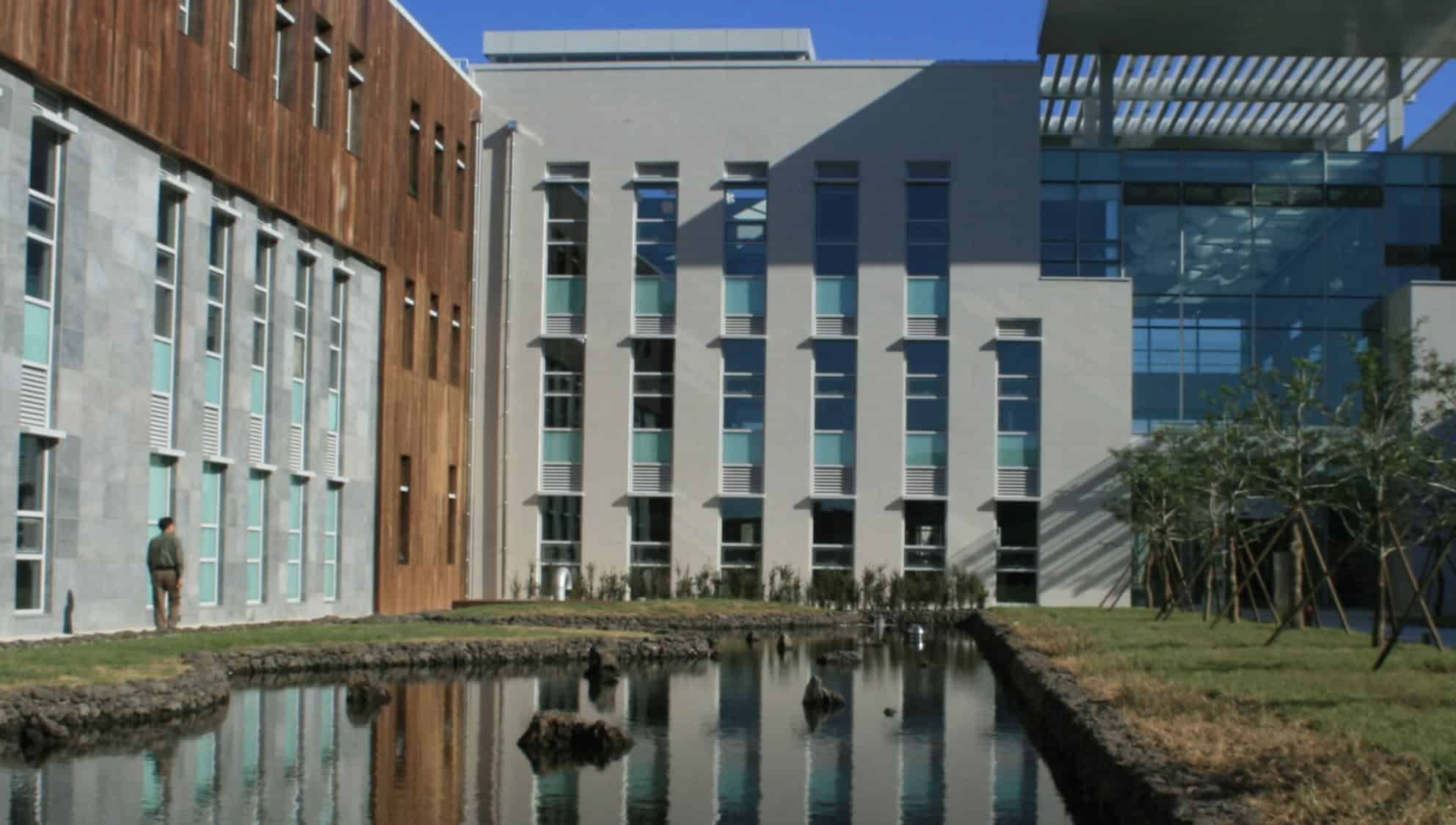Architects are known to have some of the most complicated jobs in the world – and there’s a lot more to it than just drawings for educational facilities, the director at NVB Architects told The PIE News.
“There’s quite a lot to do with standards – and you have to understand quite a lot about the pedagogy about how high schools teach, different age groups – all of the technical standards and so on.
“And within that, a lot of the international schools are sort of an export of a brand of either the British public school model or American school model. Because of our specialism in education here in the UK, we’re close to that discussion on what the components are to a good British curriculum overseas,” said James McGillivray.
“It’s about trying to distil what the essence is of a good international school – and capturing what that means in the buildings you’re providing, and what’s needed in order to deliver that,” he continued.
Most of the projects taken on by NVB are on the conceptual level – and will have developmental partners in the destination countries in which they build – have ranged widely, but the specialism for NVB lies in the far East.
While the provision of the facilities can be “relatively straightforward” because of the curriculum, it’s sometimes the extra-curriculars that make for a more interesting process.
“The classic picture of a UK public school where they play rugby, hockey and lacrosse – that doesn’t necessarily translate to the Far East, where there’s not so much uptake. So what do you do in terms of modifying that program to meet local interest and demand?” McGillivray asked.
Even the very system in which the schools are operating can make a profound difference on how the school is built.
“Sometimes you find you’re in a country where boys and girls are split at the age of a11… there’s a pastoral aspect to it.
“A lot of schools will still have a school chaplain – and in some cultures that may not be appropriate, so you need to figure out what it is that they’re going to need and what to fill the gap with,” he continued.
Some of the projects already completed include the Epsom College campus in Kuala Lumpur, Malaysia, and the North London Collegiate School branch in Jeju, South Korea.
The classic picture of a UK public school where they play rugby, hockey and lacrosse – that doesn’t necessarily translate
James McGillivray, NVB Architects
“The original house at the collegiate school is old, Victorian style, and even has a tube station named after it – so we wanted to capture that essence moving into the new building in Jeju,” said Peter Baker, a director who leads the company’s landscaping team
While modernity was weaved into the building and it was set up as it should be in a destination country, it remained “quite faithful” to the original design.
“One thing I realised is South Korea doesn’t do turf – so when we put in the grass squares to form it, to us, that just looks normal. But when I went there, when the parents were showing the kids around, they were saying, ‘Oh, we’ve never seen a place like this in South Korea – it’s just amazing,’” Baker explained.
A pivotal difference that architects will find is the climate. NVB is used to designing for a temperate UK climate – and it’s important that designers learn how to translate that.
Things like extra insulation are often considered, and how the drainage needs to be installed in different parts of the world.
Malaysia has heavy rainfall, it’s a significant issue there – so we take that into account
Peter Baker, NVB Architects
“Malaysia has heavy rainfall, it’s a significant issue there – so we take into account how all of that is delivered from an architectural standpoint,” Baker noted.
“The challenge for us is the architecture involved in a particular climate, culture and time. Sometimes you see international schools with awful examples of perhaps Disneyland style Lego version of a red brick Victorian school.
“They’ve taken the motif, but there’s no thought to how the climate affects it. Is that the most comfortable building to build?
“It’s thinking about, perhaps, why schools actually like red brick, and courtyards, and that sort of thing,” McGillivray added.

